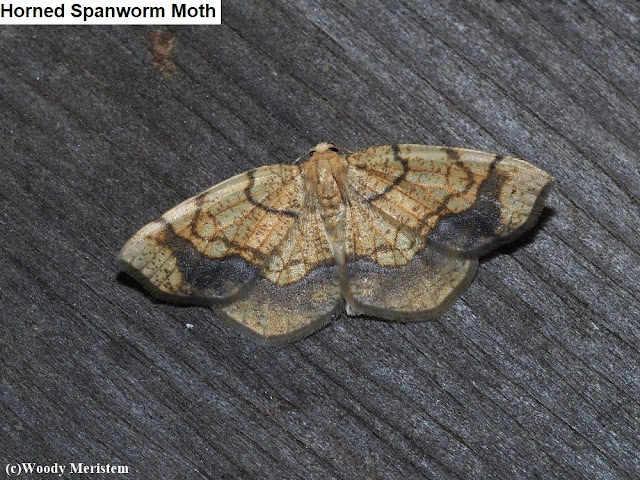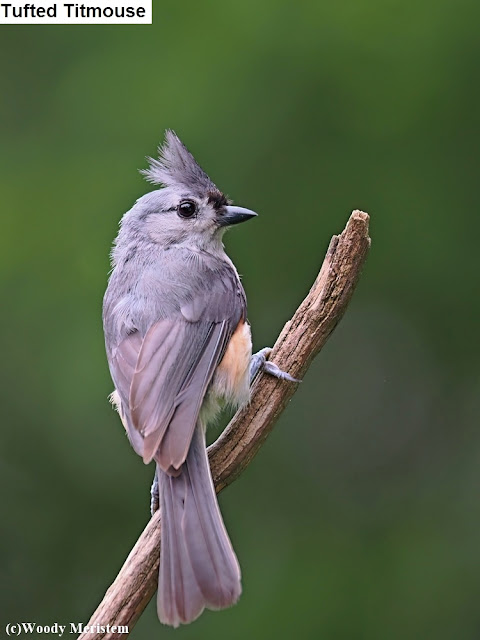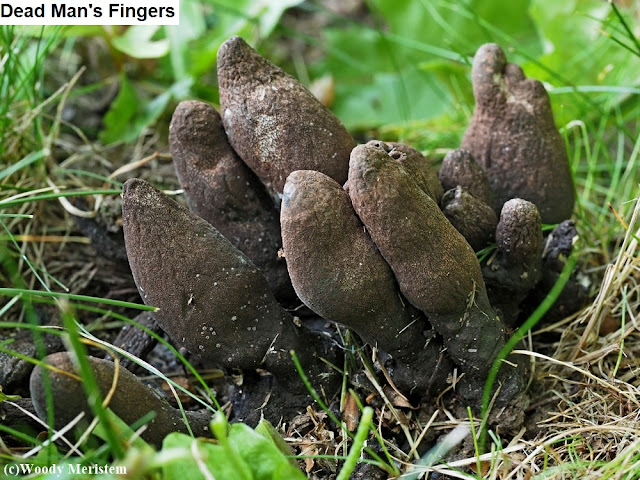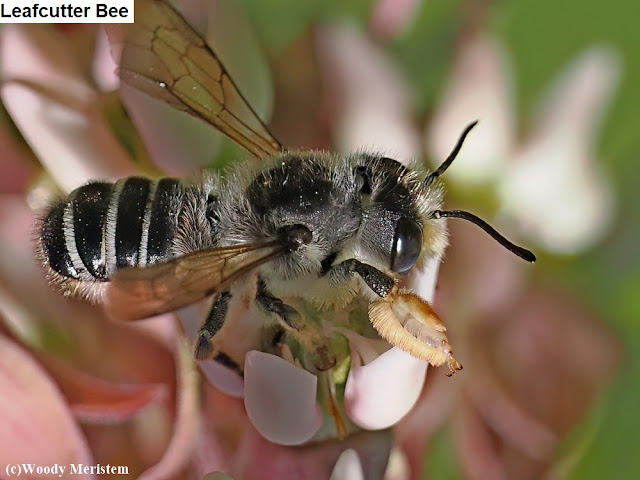This year National Moth Week was July 19-27; it’s an annual event during which people share photographs of moths they've found with science sites.
Moths are some of the most diverse and successful creatures on earth. Since new species are being found each year, no one knows how many types of moths exist, but it’s been estimated there are between 150,000 and 500,000 species.
Moths come in a wide range of shapes, sizes, colors and patterns – some moths are amazingly colorful, others are extremely well camouflaged.
Although most moths are nocturnal and are only active after dark, some are active during daylight hours. It’s widely believed that butterflies evolved from day-flying moths about 45 million years ago.
Almost any kind of light will attract moths – a porch light, a flashlight, a blacklight or a mercury vapor light. Moths can be attracted to a bait concoction of mashed overripe bananas or peaches, brown sugar, maple syrup and beer or wine.
Here are some of the moths I’ve captured around the house so far this year –
This has been the worst year for moths since I began catching moths at our outside lights – WHY ??? Perhaps it was the gypsy moth outbreaks of the last several years depriving other species of food. Perhaps it's part of the general decline in insect populations in North America and Europe. Perhaps it's because more than half of the lawns on our road are treated with herbicides and pesticides, making the world safe for Kentucky bluegrass but little else.
Moths
will continue to be active until the cold weather of
late-fall/early-winter, so there’s still time to search for moths
in your yard, a local park or extensive woodland – why not give it
a try?

.JPG)

.JPG)


.JPG)


.JPG)


.JPG)






.JPG)
.JPG)

.JPG)
.JPG)
.JPG)
.JPG)
.JPG)

.jpg)
.jpg)
.jpg)
.JPG)
.JPG)
.JPG)
.JPG)















.JPG)


.JPG)
.JPG)


.JPG)

